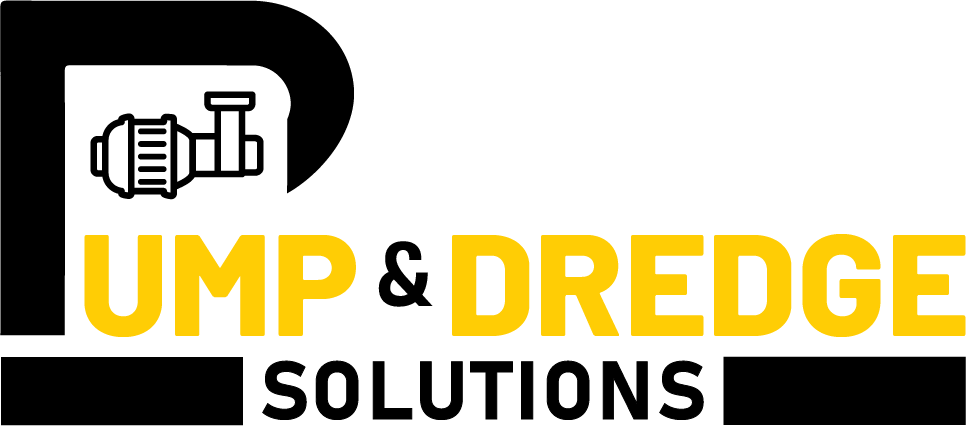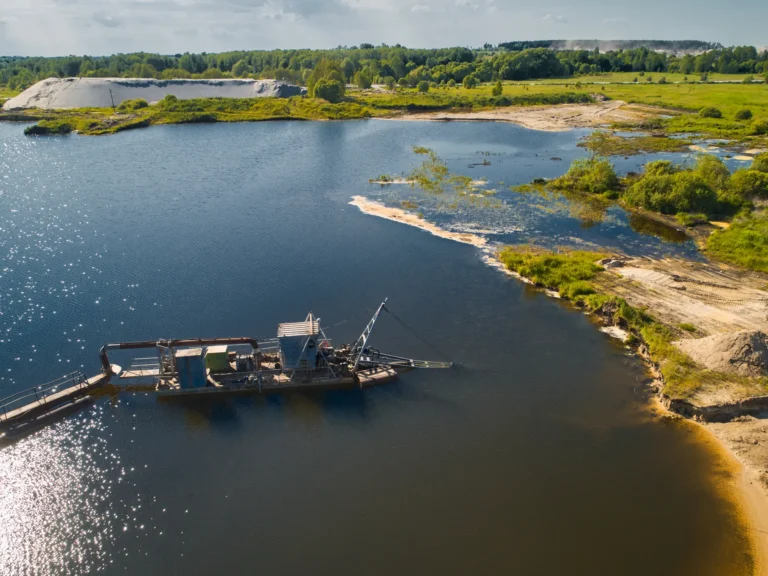Dredging is an essential process in many large-scale construction projects, particularly those that involve waterways, harbors, and land reclamation. A critical part of these operations is connecting dredge pipelines effectively to transport slurry, sediment, and other materials from the dredging site to the disposal area. Properly connecting dredge pipelines ensures the smooth flow of materials and reduces the risk of costly interruptions. This article will explore effective pipeline connection strategies, the challenges associated with large-scale dredging operations, and the essential construction pipeline tools needed to secure these connections.
1. The Role of Dredge Pipelines in Large-Scale Construction
Dredge pipelines play a central role in large-scale construction projects by facilitating the movement of materials like sand, silt, and debris. Whether dredging is used for deepening waterways, maintaining port access, or reclaiming land, the efficiency of dredge pipelines in large-scale construction is crucial to overall project success. These pipelines transport slurry from the dredging vessel to land-based disposal areas, creating a continuous, efficient flow that keeps the construction timeline on track.
Dredge pipeline connection is vital for ensuring uninterrupted operations. The longer the pipeline, the more critical it becomes to secure connections that can withstand environmental pressures and heavy use. Any failure in the dredge pipeline connection could lead to leaks, slowdowns, or even full project delays. Understanding the importance of connecting dredge pipelines and the function of the pipeline system is key to implementing effective pipeline connection strategies.
2. Challenges in Connecting Dredge Pipelines for Large Projects
Dredging pipelines in large-scale construction projects presents a unique set of challenges. The nature of these projects often involves harsh environmental conditions, long pipeline distances, and heavy, cumbersome pipeline sections that must be handled with care. Additionally, pipelines may be required to transport material over variable terrains, such as underwater or through densely populated construction areas. These challenges make connecting dredge pipelines complex.
One major challenge is the environmental factors at play. Wind, water currents, and tides can cause floating pipelines to shift, increasing the risk of misalignment or damage. For submerged pipelines, the seabed’s uneven surface may lead to unnecessary strain on pipeline connections. In land-based operations, changes in elevation or soil conditions can place stress on pipeline sections, making secure connecting dredge pipelines even more critical.
Another challenge is the sheer size and weight of the pipelines used in these large-scale projects. Handling heavy steel or HDPE (high-density polyethylene) pipes requires specialized equipment, and the risk of improper alignment during installation can lead to leaks or breakages. Furthermore, the longer the pipeline, the greater the potential for connection points to weaken over time, necessitating the use of robust and flexible methods for connecting dredge pipelines.
The consequences of failing to connect dredge pipelines securely can be severe. Leaks or cracks can disrupt the flow of materials, leading to downtime and increased costs. For large-scale construction projects, where time is often of the essence, these disruptions can cause significant delays. Therefore, employing effective pipeline connection strategies is essential for overcoming these challenges and ensuring smooth, continuous operations.

3. Effective Pipeline Connection Strategies
To overcome the challenges of connecting dredge pipelines in large-scale construction, several effective pipeline connection strategies can be implemented. These strategies focus on ensuring that dredge pipeline connection results in secure and flexible joints that accommodate the movement of materials while withstanding environmental pressures.
One of the most important strategies is to ensure proper alignment of the pipeline sections. Misaligned pipelines can lead to increased stress at the connection points, causing leaks or mechanical failures. For floating pipelines, using flexible couplings that allow for slight movement without compromising the seal is essential. These flexible connections ensure that connecting dredge pipelines can adjust to water currents or surface movement without risking a break in the connection.
For submerged pipelines, welding is a common technique used to connect steel sections, as it provides a seamless bond that can withstand high pressure. HDPE pipes, often used in land-based and submerged dredging operations, are commonly connected using heat fusion, a process that involves melting the pipe ends and pressing them together to form a leak-proof seal. This method creates a strong, durable connection ideal for connecting dredge pipelines in harsh conditions.
Another effective strategy is to use couplers and clamps specifically designed for heavy-duty dredging operations. These tools ensure that connecting dredge pipelines remains secure even in harsh environmental conditions. Couplers are particularly useful for floating pipelines, as they allow for easy adjustments during operation. Clamps, on the other hand, are often used for rubber hoses or smaller sections of flexible pipelines to create a tight seal.
In large-scale construction projects, flexibility in dredge pipeline connection is crucial. The pipeline system must be able to accommodate movements caused by changes in water levels, tides, and the dredger’s movements. By using flexible couplings and securing the pipeline in a way that allows for minor adjustments, construction teams can avoid the risk of pipeline failure.
4. Tools and Equipment for Construction Pipeline Connections
Choosing the right construction pipeline tools is vital for ensuring that connecting dredge pipelines is done securely and efficiently. There are several key tools and pieces of equipment that play a critical role in connecting dredge pipelines, each tailored to the specific type of pipeline being used.
- Couplers: These are used to join two sections of the pipeline and are critical in both floating and submerged pipelines. Couplers provide a strong, reliable seal that can withstand the high pressures involved in dredging. They are also adjustable, making them ideal for floating pipelines that need flexibility in their connections.
- Clamps: Clamps are essential for securing flexible hoses or rubber pipelines. They ensure that the hoses remain tightly connected to the metal or plastic pipeline sections, preventing leaks and maintaining pressure. Clamps are particularly useful in situations where connecting dredge pipelines requires the pipeline to bend or flex without breaking the seal.
- Flanges: Flanges are commonly used to connect steel and HDPE pipelines. These rings are welded or fused to the pipeline ends and then bolted together, forming a robust, high-pressure connection. Flanges are especially important in submerged pipelines, where durability and strength are critical for securely connecting dredge pipelines.
- Lifting Equipment: Handling the heavy pipeline sections used in large-scale dredging operations requires specialized lifting equipment. Cranes or pipe-handling machines are often used to position and connect pipeline sections. Using the right lifting equipment ensures that connecting dredge pipelines is done properly, reducing the risk of damage during installation.
When using construction pipeline tools, safety is a top priority. Proper training and adherence to safety protocols are essential to prevent accidents during the connection process. Ensuring that all tools are in good working condition and that the proper safety measures are in place is critical for maintaining both the safety of the crew and the integrity of the pipeline system.
Conclusion
Connecting dredge pipelines is a crucial aspect of large-scale construction projects that involve dredging. Proper connections ensure the seamless transport of materials, minimizing the risk of leaks, downtime, and project delays. By understanding the role of dredging pipelines in large-scale construction, addressing the challenges involved, and implementing effective pipeline connection strategies, construction teams can ensure their projects run smoothly and efficiently.
The right tools and equipment are also essential for successful pipeline connections. Couplers, clamps, flanges, and lifting equipment all play a significant role in securing pipeline sections and ensuring that they can handle the demands of dredging operations. By using the proper construction pipeline tools and following best practices for connecting dredge pipelines, large-scale construction projects can maintain operational efficiency and avoid costly disruptions.
Effective strategies for connecting dredge pipelines not only ensure project success but also improve long-term reliability and durability. Properly connecting dredge pipelines reduces the risk of failure and maintains a steady, efficient flow of materials throughout the construction process, ensuring that projects stay on schedule and within budget.





